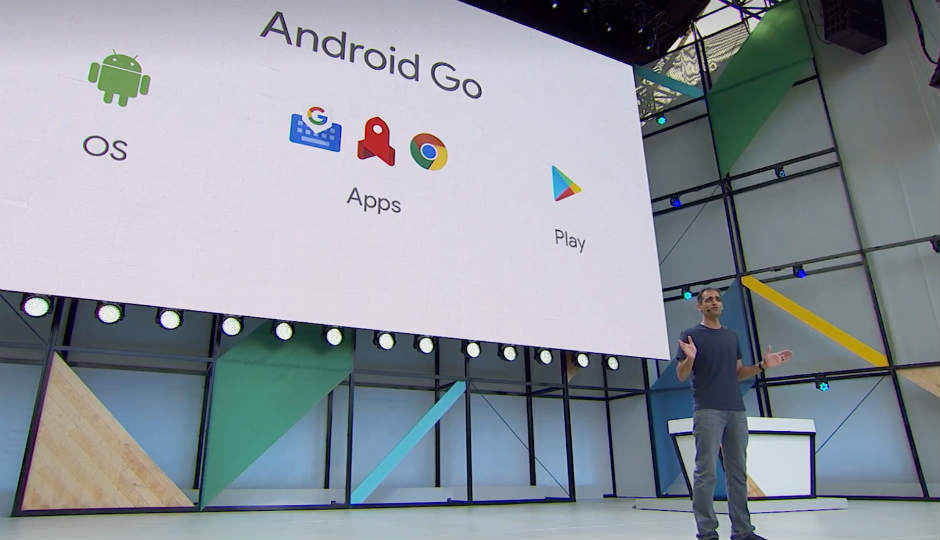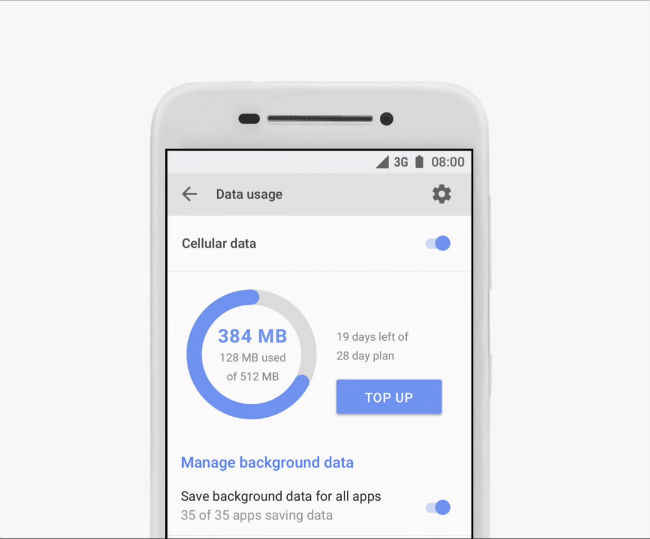8 things we know about Android Go
But there's so much we still don't know about Android Go as well.

Amidst the myriad announcements made on Day 1 of Google I/O 2017, perhaps none are more relevant to India than Android Go. Unfortunately, Google told us precious little about what this new initiative would be, and even though it didn’t mention India, Android Go seems squarely aimed at markets like ours. It seems like a second attempt at Android One, version 2.0 of that initiative if you will. While we do not know a lot about Android Go right at this moment, there are some pointers as to what it will be.
 Survey
SurveyIt’s based on Android O
Since Android Nougat, Google seems to have one primary mission – that of reducing fragmentation across Android’s ecosystem. And that’s being taken forward on Android O too. Android Go will be based on Android O, which means it’ll take advantage of some of these improvements, while also having its own unique sensibilities.
It’s based on YouTube Go
While Android O remains the base, Google said it was “inspired” by YouTube Go for this version of Android. If you weren’t sure whether Android Go was aimed at India, the YouTube Go app should clear those suspicions. After all, the app was made with India in mind, with Indian users being the first to get access to it.
Being based on YouTube Go should also mean there’ll be clear lines for data usage on Android Go. That’s one of the main features of YouTube Go, which allows users to save videos offline, with clear indications of how much data it’ll consume.
Data saver by default
Speaking of data saving, Android Go will have the data saver mode turned on by default. Google didn’t explicitly say so, but there should be a way to toggle data saver off as well. However, this further indicates that the company wants to make things simpler on Android, for markets where data is still a very precious commodity. Android Go’s settings app will apparently allow users to “top-up” their data packages directly from the app, instead of going through their carriers.
Lighter apps
Google is going to give developers a best practices document, for apps that want to be displayed for Android Go. Thinking back to YouTube Go once again, this could mean that app’s will be slightly redesigned, and possibly even stripped off some features. Of course, this will differ from app to app, but much like most other platforms, a best practices document can aid in achieving uniform performance across an OS.
Less than 1GB RAM
A key announcement about Android Go was that it would be aimed at devices sporting 1GB RAM, or even 512MB. In the current Indian market, that covers a huge number of devices priced at less than Rs. 5000. However, we do remain skeptics in this respect, since Android has traditionally proven to be a memory intensive operating system. It’ll be interesting to see how Google overcomes this hurdle. Doing so would indeed be a big step towards getting the “next billion” mobile users. Google says it'll eventually start giving the Android Go configuration to all devices that have less than 1GB of RAM.
“We’re optimizing the latest release of Android, starting with Android O, to run smoothly on entry-level devices. We’re also designing Google apps—like YouTube Go, Chrome and Gboard—to use less memory, storage space and mobile data,” Google wrote about Android Go, in a blog post.
Google Play still rules
Much like Android in general, the heart of Android Go will also be with the Google Play Store. The ecosystem of apps remains here, although the new best practices document may make it more difficult to populate it this time. Let’s see how Google tackles this one.
Android Go vs Android One
While it is far too early to spot differences between the two programs, Android Go seems to be a more proactive and informed approach at tier III and tier IV markets in countries like India. Perhaps the most important takeaway from the little that we know about Android Go is the fact that developers will actually have to work to change their apps for this platform. The data saver approach also seems to be tuned for an users with lesser education, who would prefer things are simple, rather than using more apps/payment portals.
Where Android One seemingly had background enhancements (that evidently weren’t enough), Android O seems to be making changes proactively to the entire Android platform. The kernel may remain the same, but we are expecting Android Go to be a whole new operating system in essence.
When will we see Android Go?
You’ll have to wait almost a whole year for that. First Android Go based devices are expected next year, so there’s a lot of waiting to be done. However, this could possibly mean that the changes to the platform are big enough to warrant such a huge timeline. Google wouldn’t want this effort to go down like Android One, and it’s evident that developers need to be involved much more closely this time.
Is India likely to be the first?
We do not have confirmation on that, but India was the first to get Android One, and it was the first to get YouTube Go. So, logic suggest it would get Android Go before everyone else too, but who knows what the future may come, right?
Will it again run on MediaTek's entry-level chipsets?
Believe it or not, MediaTek still owns the lion's share of the market in terms of number of phones using its chipsets. However, Qualcomm has been making forays into the entry segment over the past year or so, and has done very well with the Snapdragon 430 series chipsets. Given the company's close association with Google, it just might be possible that Qualcomm will drive the Android Go innovation, although we wouldn't rule out MediaTek either.
